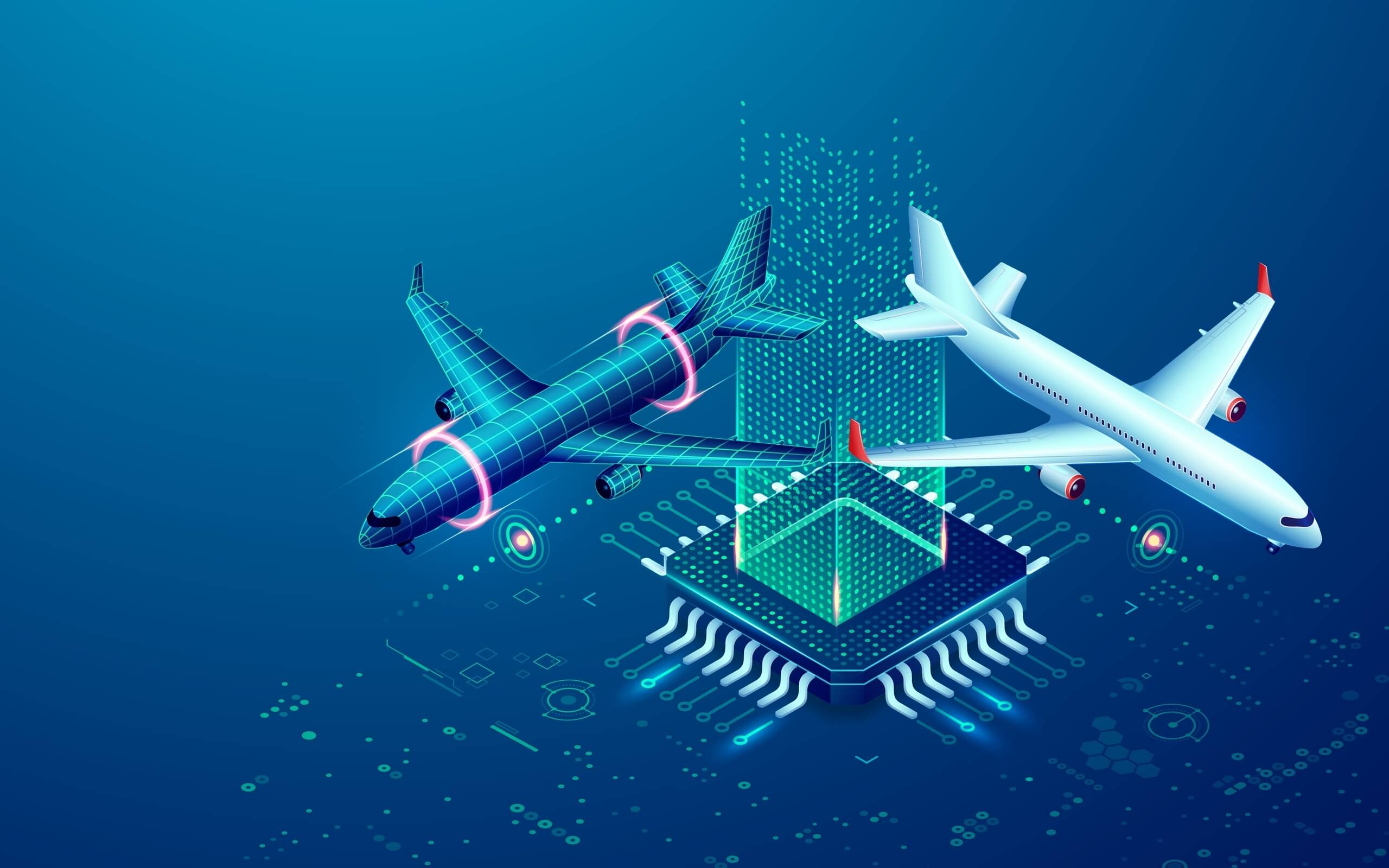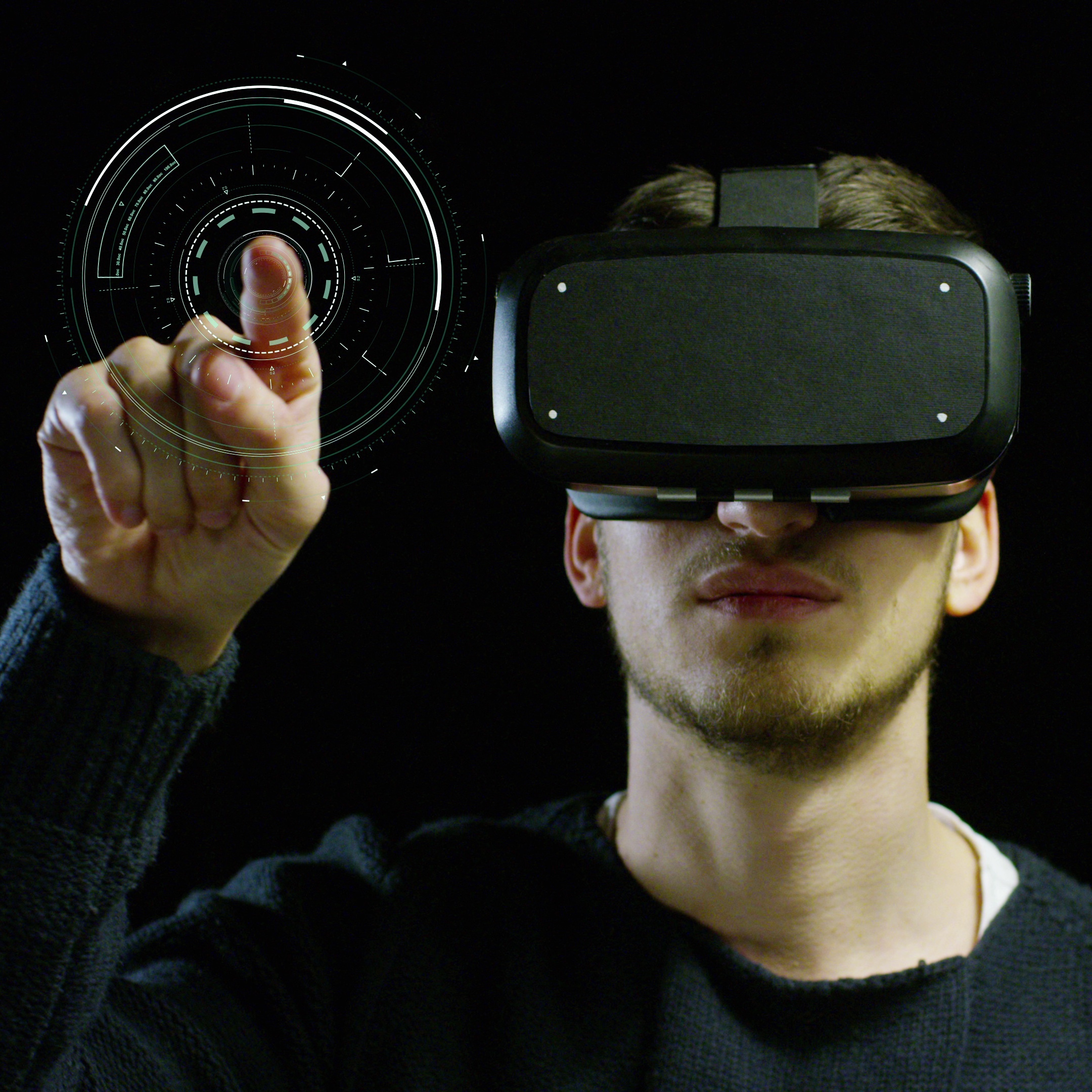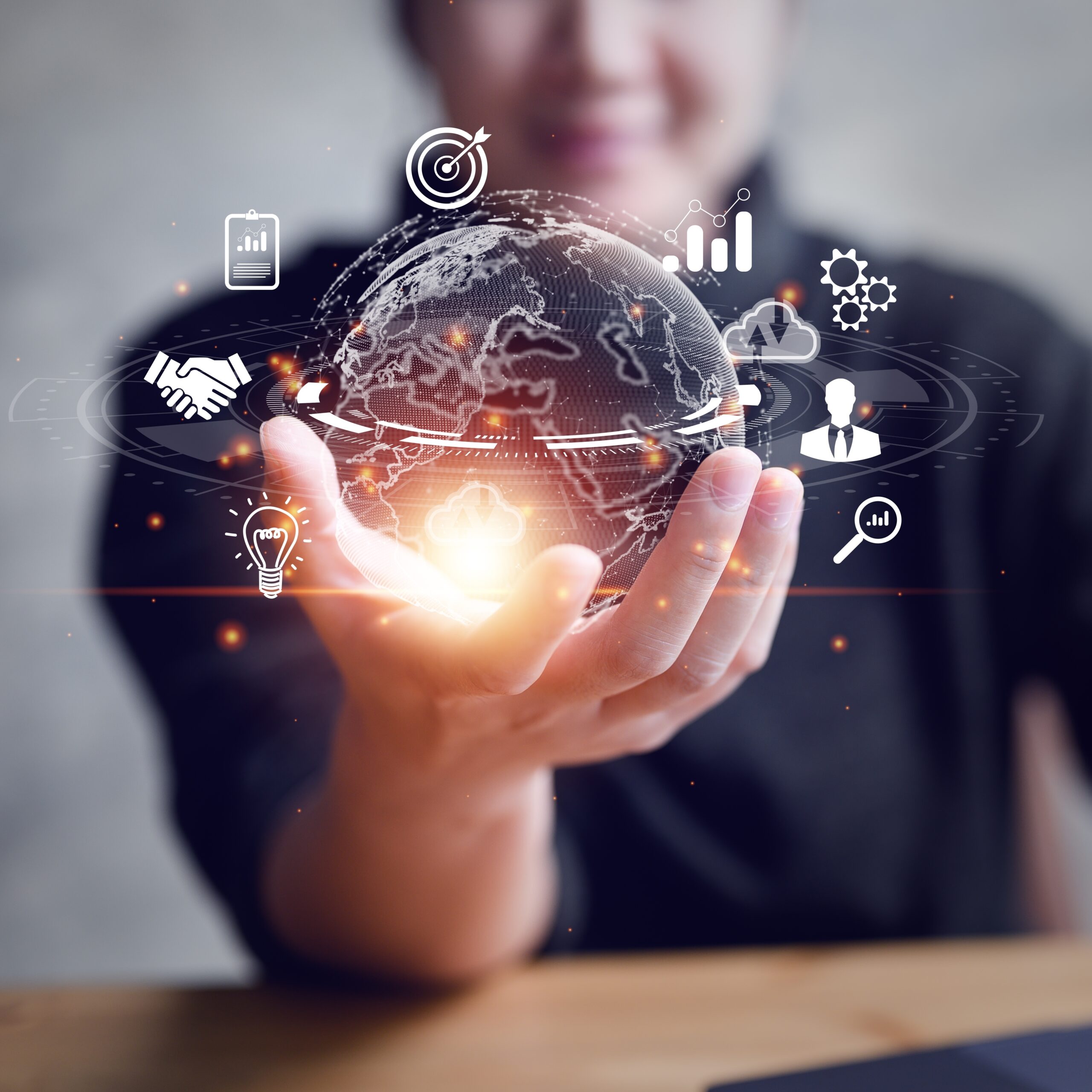What is a Digital Twin and Why Your Brand Needs One
Every company wants to optimize resources and processes. And why not? Resource and process efficiency directly impact your bottom line and profitability.
A lot of headline-making new tech has been welcomed, lapped up, and celebrated for its ability to achieve these efficiencies. Generative AI, the Internet of Things (IoT), and big data analytics platforms are enabling smarter resource and process utilization. Likewise, digital twin technology is being heralded as another tech that can enable such optimizations. In this blog, we’re putting the spotlight on digital twins.
A digital twin is a virtual replica of a physical entity, system, or process that accurately reflects its tangible equivalent. Digital twin technology taps into current data, simulation, machine learning, and reasoning to create a dynamic representation that evolves over the entity’s lifecycle. Digital twins receive real-time data from their real-world counterparts and can depict the constantly changing status of their physical counterparts thanks to machine learning. This is what gives Digital twin technology the ability to provide predictions, simulations, and insights that can enable improvements.
Digital twins have cross-sector appeal, and in recent years, this tech has been successfully implemented in manufacturing, healthcare, logistics, retail, and e-commerce. Manufacturing leads the way, with early movers including names like Siemens, Tesla, Ford, General Electrics, and many others. The global digital twin market was estimated at USD 16.75 billion in 2023 and is projected to grow at a compound annual growth rate (CAGR) of 35.7% from 2024 to 2030.
How does digital twin technology work?
Digital twin technology operates by creating a virtual replica of a physical object, system, or process, enabling real-time monitoring, analysis, and simulation.
For example, let’s consider a smart thermostat in a building. With digital twin technology, a virtual replica of the thermostat can be created, continuously collecting data on temperature, humidity, and occupancy. This digital twin can then simulate various scenarios, such as adjusting temperature settings or predicting energy usage patterns. By comparing the virtual data with real-world observations, the building’s HVAC system can be optimized for energy efficiency and occupant comfort, all facilitated by digital twin technology.
Types of digital twins and their uses
As digital twin technology evolves, we’re now seeing a diverse spectrum of digital twins, each tailored for specific industries and applications.
Here are the different types of digital twins:
Component twin
The component twin, also referred to as the parts twin, is a popular form of digital twin technology, encompassing granular elements like sensors or switches. These virtual representations facilitate performance monitoring and simulation of real-time conditions, aiding in testing the endurance, stability, and efficiency of real-world components.
While the component twin doesn’t replicate the entire manufacturing layout, it offers enhanced visibility into the functioning of equipment parts. This surveillance enables timely maintenance, ensuring stability in production and product quality.
Product twin
This type of digital twin usually focuses on multiple-component twins. In other words, it utilizes the information generated from a series of component twins to model highly complex assets like engines, pumps, or buildings.
A product twin or asset twin scrutinizes the efficient interaction of individual components to evaluate their performance as a unified solution.
Asset twins help engineers gain insights into equipment functionality and pinpoint opportunities for enhancement. The result is heightened productivity, optimization of metrics like the mean time between failures and mean time to repair, and a reduction in resource consumption.
System twin
The system twin, also known as the unit twin, is the next stage of digital twins. System twins replicate assets at the system level, illustrating how various assets amalgamate into entire operational units. These models offer a comprehensive overview of a factory or plant. For instance, a system twin might replicate all the assets involved in energy supply or the production of specific base products within the plant.
Real-time monitoring and simulation at this level extend beyond identifying malfunctions and failures that are common in the digital twin variants we have discussed thus far. Instead, system twins provide valuable data for strategic decision-making and offer complete process visibility. A good example of this is when a digital twin facilitates the exploration of diverse system configurations to enhance efficiency or identify opportunities for additional revenue streams.
Use Cases/ Applications for digital twin technology in various industries.
Manufacturing
Manufacturers are finding a growing number of use cases for digital twin technology, such as:
- Product development
Digital twins allow engineers to test the feasibility of the products, enabling more successful products and accelerated GTM cycles.
- Design customization
Digital twin technology allows product teams to create different permutations and combinations within a product or service line-up, enabling improved customization and a better customer experience in the long run.
- Enhancing Shop Floor Performance:
Utilizing a digital twin allows for the monitoring and analysis of end products, enabling engineers to identify defective or underperforming products more efficiently.
- Predictive maintenance
Digital twin technology has the unique ability to forecast potential machine downtimes, enabling manufacturers to reduce non-value-adding maintenance tasks and enhance overall machine efficiency. This proactive approach ensures technicians can intervene before any failures occur and also prevents losses and inventory delays associated with downtime.
Supply Chain
Supply chain players are also tapping into digital twins for enhanced visibility and process optimization. Some use cases include:
- Predicting the packaging of products
Digital twin technology allows supply chain companies to test the errors in the packaging of a product virtually. This helps them assess the potential success — or failure — of product packaging. Logistics companies can also utilize digital twins to analyze how various packaging conditions may impact delivery times more effectively.
- Enhancing warehouse efficiency and design
Employing digital twins, logistic companies can zero in on a warehouse layout that is optimal for processes and output efficiency.
- Mapping the logistics network
A digital twin of a road network will typically account for traffic conditions, layout, and ongoing construction. This information helps logistics companies plan distribution routes and storage locations efficiently.
Construction
Given the ability of digital twin technology to optimize large projects, construction companies stand to benefit tremendously from its use.
- Construction Efficiency
Construction companies can utilize digital twins to simulate and analyze the real-time performance of buildings during the construction process. This could prompt proactive adjustments that optimize efficiency and ensure that the final structure meets quality standards and performance requirements.
Healthcare
Healthcare providers can virtualize the patient experience, optimizing patient care, cost, and performance. Digital twin technology enables:
- Healthcare center efficiency
Developing a digital replica of a hospital, including operational strategies, capacities, staffing, and care models, enables healthcare providers to analyze the organization’s operational effectiveness.
- Personalized care
Healthcare providers and pharmaceutical companies can utilize digital twins to simulate patients’ genome codes, physiological traits, and lifestyles. The outcome is personalized care, including tailored medications for individual patients.
Retail
Retailers are also tapping into digital twin technology to develop valuable insights into customer behavior, which helps improve their customer satisfaction.
- Enhanced Customer Experience
Customer modelling and simulations entail retailers generating digital replicas of customer profiles to personalize the customer experience by understanding their preferences and behaviours. For instance, retailers can offer customized fashion recommendations to customers by leveraging insights from their digital twin profiles.
Does your brand need a digital twin? Benefits of digital twin technology
Developing a digital twin is an expensive affair and could cost anywhere between USD 45,000 and USD 60,000. So, what ROI can you expect from an investment this immense? And is it really for you? Let’s start by looking at the benefits that a company may reap from investing in digital twin technology.
- More effective R&D
With the help of digital twins, virtual testing environments can be created for rapid prototyping and design optimization, which streamlines R&D.
- Improved efficiency
Real-time monitoring and predictive maintenance strategies made possible by digital twins enhance operational efficiency, minimizing downtime and maximizing production output.
- Better product lifecycle management
Digital twins provide insights into a product lifecycle. This enhances the maintenance, upgrades, and sustainability of the product.
But is it for you?
For a digital twin to deliver tangible ROI, your set-up or real-world counterpart must possess some or all of the following attributes:
- Large scale
For digital twin technology to be beneficial for your organization, you need to have a large-scale setup. This ensures that you can leverage a digital twin’s data complexity and utilize insights to optimize performance effectively.
- Mechanically complex
To fully utilize digital twin technology, your organization should ideally have mechanically complex machinery. This includes jet turbines, automobiles, and aircraft, which can benefit from a digital twin’s in-depth monitoring. With the digital twin’s insights, complex machines can achieve optimal functionality and performance.
- Generates power
Power generation systems rely on precise monitoring and maintenance solutions to ensure optimum functionality and performance. Digital twin technology is the perfect way to achieve these insights.
Sectors where digital twin tech delivers maximum ROI:
- Engineering (systems)
- Automobile manufacturing
- Aircraft production
- Railcar design
- Building Construction
- Manufacturing
- Power utilities
Digital twin technology market: Poised for growth
As the long list of use cases above has underscored, digital twin technology has immense relevance and application across sectors. As a result, one can expect more and more businesses to tap into the benefits of digital twins in the coming years. In 2022, forecasts predicted the global market for digital twins to hit a staggering $73.5 billion by 2027.
This growth trajectory is fueled not just by demand but by the ever-increasing computational resources allocated to digital twin technologies. In other words, the tech is getting better and smarter. As these systems evolve and acquire new functionalities and expertise, they are likely to unlock even more use cases, insights and, consequently, greater uptake.
The future of digital twin technology looks promising, with continued advancements and innovations poised to drive further growth and adoption across various industries.



